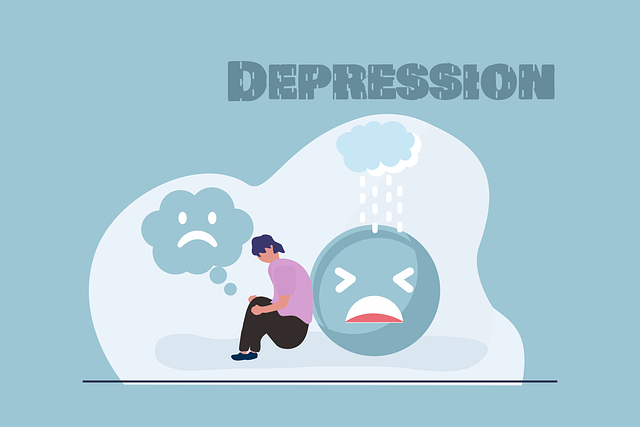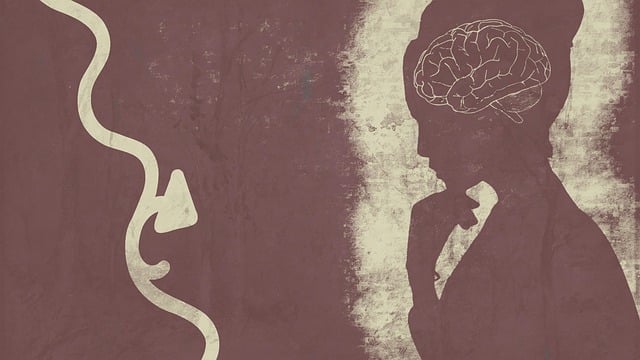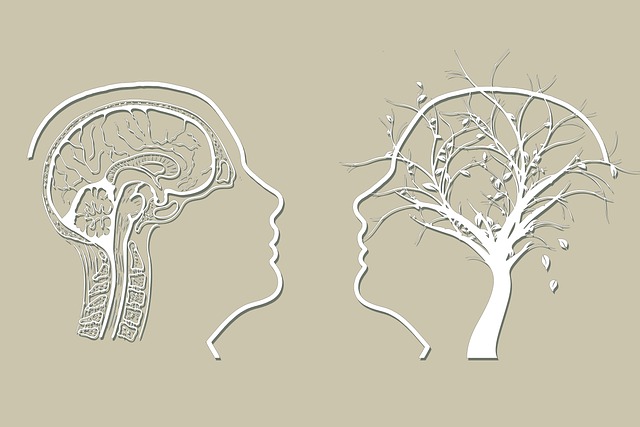Community outreach programs like those offered by Parker Children Therapy play a vital role in addressing social and economic disparities by providing essential mental health services directly to communities. Through workshops, health fairs, support groups, and therapy sessions, these initiatives foster trust, cultural sensitivity, and improved individual well-being while strengthening community bonds. Incorporating practices like mindfulness meditation and promoting mental health literacy, Parker Children Therapy has successfully unified communities and empowered individuals with self-care routines, leading to long-lasting positive outcomes. Effective outreach strategies require a deep understanding of local needs, tailored interventions, collaboration among stakeholders, and engaging workshops that foster resilience and community connections. Measuring success through robust evaluation ensures programs contribute to sustainable improvements in mental health education and overall well-being.
Community outreach programs play a pivotal role in bridging the gap between healthcare services and underserved populations. This article delves into the profound impact of such initiatives, highlighting critical success factors through diverse lenses. From understanding the essence of community engagement to exploring innovative strategies, we dissect a compelling case study—Parker Children Therapy. Learn how specialized services can unite communities and drive lasting positive change, measured through impactful outcomes and community collaboration.
- Understanding Community Outreach: Its Importance and Impact on Local Populations
- Parker Children Therapy: A Case Study – Unifying a Community Through Specialized Services
- Developing an Effective Strategy: Key Components for Successful Program Design
- Engaging the Community: Creative Ways to Foster Participation and Collaboration
- Measuring Success: Evaluating the Outcomes and Long-term Benefits of Outreach Initiatives
Understanding Community Outreach: Its Importance and Impact on Local Populations

Community outreach programs play a pivotal role in enhancing the well-being of local populations, especially those facing social and economic disparities. These initiatives are designed to bring essential services and resources directly to communities, addressing their unique needs and challenges. For instance, Parker Children Therapy has recognized the importance of community outreach, implementing programs that cater to the mental health and development of children in underserved areas. By doing so, they not only improve individual lives but also foster a healthier, more resilient community fabric.
Outreach efforts can take various forms, from educational workshops and health fairs to support groups and therapy sessions. They serve as a bridge between healthcare providers and communities, fostering trust and cultural sensitivity in mental healthcare practice. Moreover, these programs often incorporate practices like mindfulness meditation, as research suggests they can significantly reduce stress and improve overall mental well-being. A comprehensive community outreach strategy, including risk assessment for mental health professionals, ensures that services are accessible, culturally responsive, and tailored to meet the specific needs of diverse local populations.
Parker Children Therapy: A Case Study – Unifying a Community Through Specialized Services

Parker Children Therapy stands as a beacon of hope and support for families navigating the challenges of childhood mental health issues. This innovative program has successfully unified a community by providing specialized services tailored to the unique needs of young minds. Through a comprehensive approach that integrates therapy, education, and public awareness campaigns, Parker Children Therapy has made significant strides in promoting emotional intelligence and depression prevention among children and adolescents.
The initiative’s success lies in its ability to foster open conversations about mental health, breaking down stigma and barriers. By engaging parents, caregivers, and community leaders through development programs focused on emotional intelligence, they’ve created a supportive ecosystem that empowers early intervention. This holistic strategy not only addresses the immediate needs of children but also equips their support networks with the tools to recognize and manage potential mental health challenges, ensuring long-lasting positive outcomes for the community.
Developing an Effective Strategy: Key Components for Successful Program Design

Developing a robust strategy is paramount when designing community outreach programs like those offered by Parker Children Therapy. To ensure success, consider incorporating key components that cater to the unique needs of your target audience. Firstly, assess the community’s specific challenges and strengths; this involves thorough research and engagement with local stakeholders. By understanding the landscape, you can tailor interventions that address pressing issues while fostering a sense of belonging.
Additionally, focus on Inner Strength Development and Resilience Building through interactive workshops and group sessions. Teaching self-care routines for better mental health empowers individuals to navigate life’s challenges more effectively. These programs should encourage participation from various sectors, including schools, local businesses, and community leaders, to create a collaborative environment that amplifies impact and ensures sustainability.
Engaging the Community: Creative Ways to Foster Participation and Collaboration

Engaging the community is a cornerstone of successful outreach programs, especially when focusing on mental wellness. At Parker Children Therapy, we understand that fostering collaboration and participation requires creative approaches to connect with diverse groups. One effective strategy is hosting interactive workshops that blend practical advice with fun activities; for instance, introducing Mental Wellness Coaching Programs Development through engaging sessions on stress management techniques or guided Self-Care Routine Development for Better Mental Health. These events not only educate but also create a safe and inclusive space for participants to share experiences.
Additionally, leveraging simple yet powerful tools like Mental Wellness Journaling Exercise Guidance can be a game-changer. Encouraging community members to reflect on their mental health journeys through journaling prompts can unlock hidden insights and foster a sense of community among peers. By integrating these creative methods, outreach programs become dynamic and impactful, leaving a lasting impression on participants and strengthening the overall well-being of the community.
Measuring Success: Evaluating the Outcomes and Long-term Benefits of Outreach Initiatives

Measuring success is a vital aspect of evaluating the effectiveness and long-term impact of community outreach initiatives, such as those offered by Parker Children Therapy. By implementing robust evaluation strategies, organizations can assess the outcomes and benefits of their programs, ensuring that resources are allocated efficiently and effectively. This involves tracking key performance indicators (KPIs) related to the program’s goals, whether it’s improving access to mental health services, enhancing emotional healing processes, or promoting mental wellness coaching.
Regular assessments allow for the identification of successful components within outreach initiatives, enabling organizations to replicate and scale up what works. Moreover, evaluating the long-term benefits ensures that these programs contribute to sustainable improvements in community mental health education and overall well-being. Through this comprehensive approach, Parker Children Therapy can design evidence-based Mental Health Education Programs and facilitate Mental Wellness Coaching Programs Development, fostering a healthier and more resilient community over time.
Community outreach programs, as highlighted by the case study of Parker Children Therapy, have a profound impact on local communities. By understanding the importance and implementing effective strategies, such as fostering participation through creative engagement, these initiatives can bring about positive changes. Measuring success involves evaluating outcomes and recognizing the long-term benefits that extend beyond immediate impacts. Embracing these principles ensures that outreach efforts are not just beneficial but transformative for the better.














